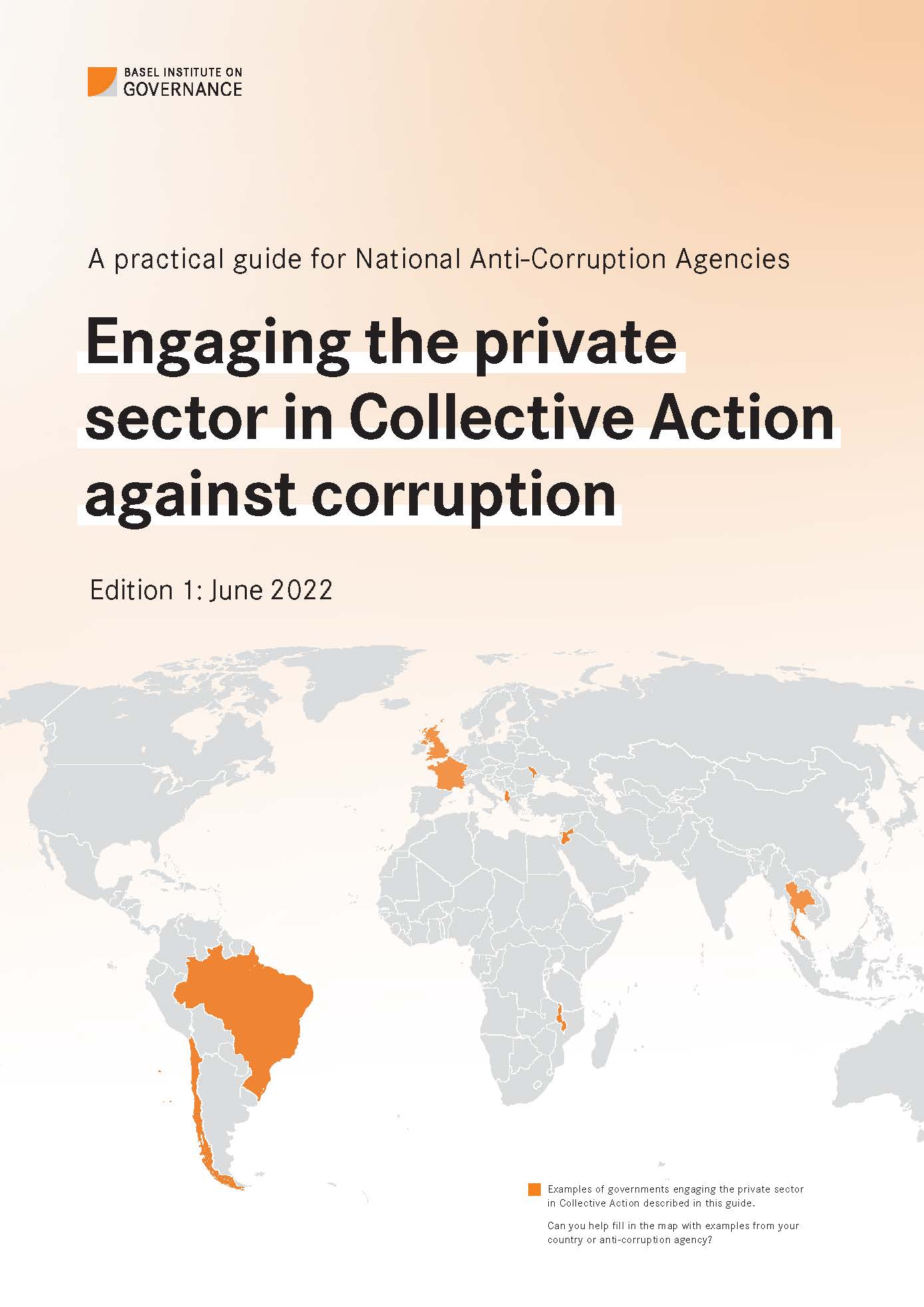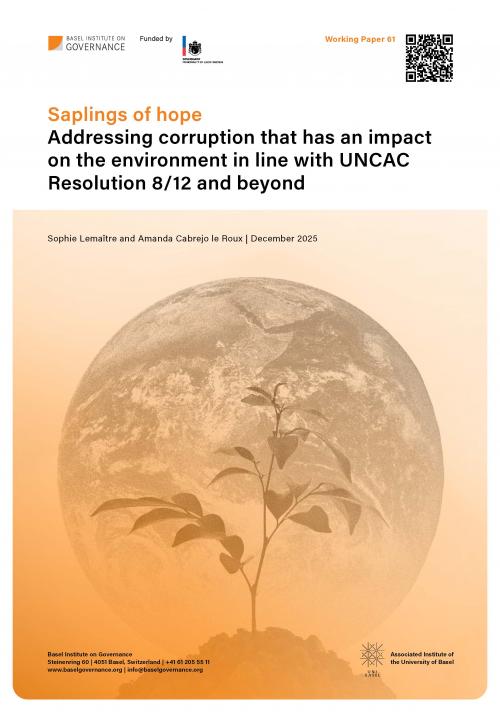Engaging the private sector in Collective Action against corruption
This practical guide is designed to help governments, and in particular National Anti-Corruption Agencies, engage with the private sector more effectively to prevent corruption.
It explains how governments can engage with the private sector to prevent corruption in three ways:
- Collaborate and consult on corruption prevention activities in the private sector - by setting up events and platforms, providing advisory support and engaging the private sector in developing National Anti-Corruption Strategies.
- Support and incentivise the private sector to engage in corruption prevention activities and initiatives - by creating tangible business benefits for companies investing in compliance, incentivising companies to externalise their compliance programmes, and supporting compliance certification.
- Demonstrate leadership by becoming an active participant in Collective Action - by establishing Collective Action as the go-to approach for engaging with the private sector, by implementing integrity tools in public procurement, and by fostering compliance in state-owned enterprises.
Each point is supported with examples of such actions around the world. Many of the examples were provided by a core group of members from the Network of Corruption Prevention Authorities (NCPA), who worked together with the Basel Institute on Governance to develop this guidance. The Basel Institute’s participation in developing these guidelines is funded by the Siemens Integrity Initiative.
The guidance will be updated on a regular basis to continue the discussion around government and private-sector engagement on issues of corruption.
This document is freely shareable under a Creative Commons Attribution-NonCommercial-NoDerivatives 4.0 International License (CC BY-NC-ND 4.0). Please credit the Basel Institute on Governance and Network of Corruption Prevention Authorities (NCPA).
Links and other languages




